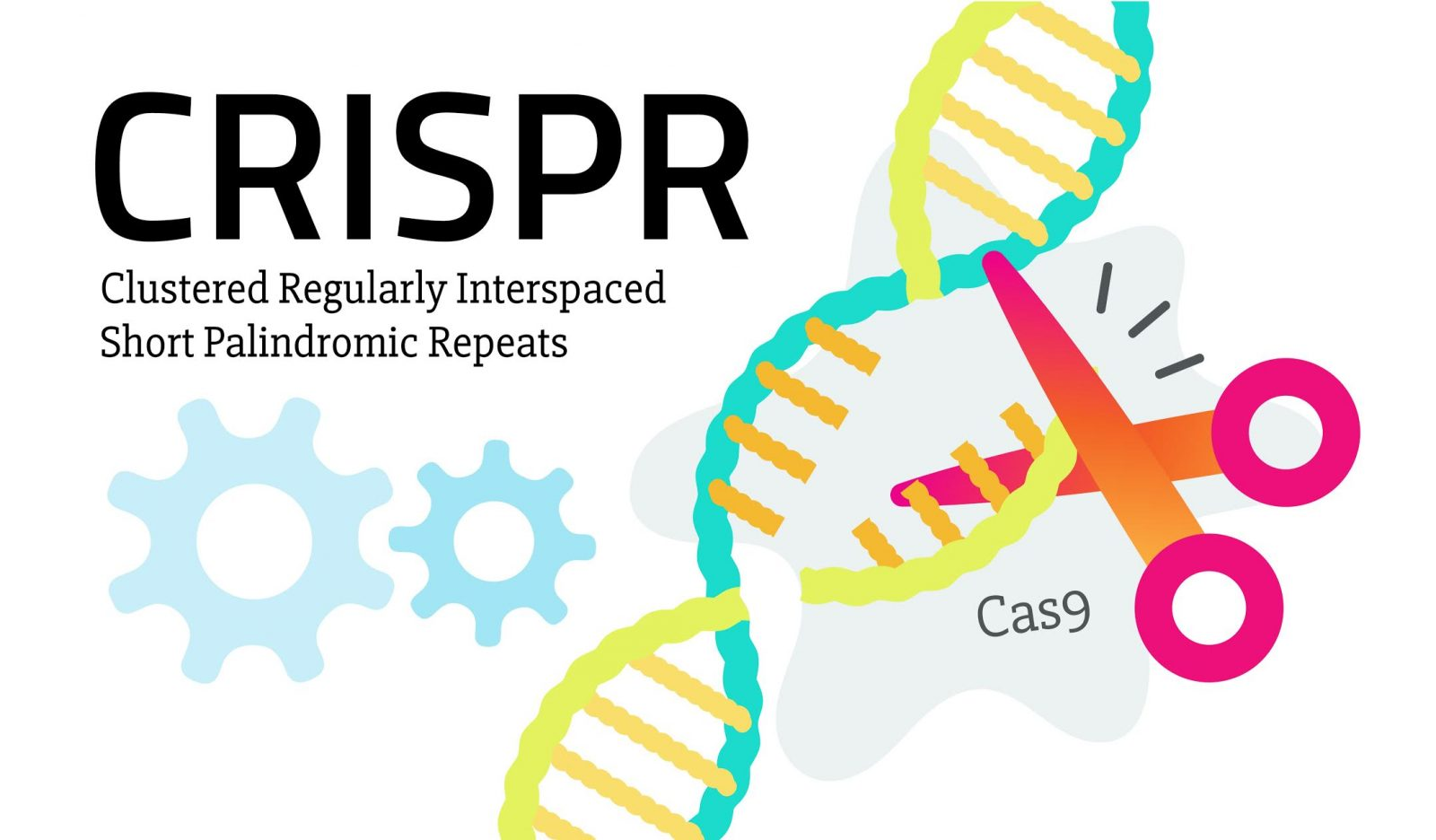Chemical safety in clothing is an often overlooked concern that directly impacts both personal health and environmental wellbeing. The textiles we wear can harbor toxic chemicals that pose significant health risks, especially when considering the extensive use of industrial chemicals in their production. From shirts to dresses, many garments contain substances that can have harmful effects on the skin and overall health, making it imperative to adopt safe fashion practices. By choosing clothing made from sustainable materials and advocating for reduced chemical exposure, consumers can not only protect themselves but also promote better environmental health. Raising awareness about these issues is vital for creating a safer and more responsible industry that prioritizes the well-being of both individuals and our planet.
When discussing the safety of the clothing we wear, it’s important to consider the hidden dangers lurking within our fabrics. Garment manufacturing often involves the use of hazardous substances that can lead to serious health concerns for wearers. This is where the concept of eco-friendly fashion comes into play, emphasizing the need for products made from natural and sustainable materials. By supporting such alternatives, consumers contribute to a healthier environment and reduce their exposure to harmful industrial chemicals. The shift towards safe and sustainable clothing not only benefits individuals but also encourages the fashion industry to re-evaluate its chemical usage and practices.
The Hidden Dangers of Toxic Chemicals in Clothing
In today’s fast-paced fashion industry, many consumers remain unaware of the hidden dangers present in the clothing they wear. Toxic chemicals used in the manufacturing of textiles can result in significant health risks, including skin irritations, allergies, and long-term effects on bodily functions. Common hazardous substances such as formaldehyde, azo dyes, and heavy metals can leach into the skin, contributing to various health issues over time. Therefore, awareness of the potential toxic chemicals in clothing is crucial for consumers seeking to protect their health.
Moreover, industrial chemicals often make their way into clothing during the production process, and without adequate regulations, manufacturers may not disclose their use. This lack of transparency poses serious health risks, as unsuspecting buyers may unwittingly expose themselves to these harmful substances. By understanding the implications of these toxic chemicals, consumers can make informed choices about the clothing they purchase, pushing manufacturers towards safer practices and materials that prioritize health and safety.
Understanding Chemical Safety in Clothing
Chemical safety in clothing is an essential topic that cannot be overemphasized. As global awareness around environmental health rises, it is vital for consumers to understand not only what they wear but also the implications of chemical exposure through textiles. Organizations like ChemFORWARD play a pivotal role in providing data on the safety of chemicals used in garment production, helping brands identify safer alternatives and potentially limit harmful exposures for consumers. This process not only protects human health but also promotes a more sustainable fashion industry.
Incorporating chemical safety measures in clothing manufacturing can significantly reduce the risks associated with hazardous materials. By encouraging brands to adhere to strict chemical safety standards, consumers can support a market shift towards safer garment production. When brands embrace sustainable materials and transparent supply chains, they foster a culture of accountability and safety that benefits both the consumer and the environment. In doing so, it sets a precedent for future generations about the importance of chemical safety.
Adopting Safe Fashion: Making Conscious Choices
Safe fashion goes beyond mere aesthetics; it involves making conscious choices regarding the materials and processes behind the clothing we wear. Consumers have the power to influence the market by choosing brands that prioritize eco-friendly practices and transparency in sourcing materials. Brands focusing on safety often utilize sustainable materials that do not contain harmful substances, thus mitigating the health risks associated with toxic chemicals in clothing.
Embracing safe fashion also means supporting new innovations within the clothing industry. By opting for brands that engage in sustainable practices and transparent supply chains, consumers push the industry towards a future with minimal reliance on harmful industrial chemicals. This shift is vital not only for personal health but also for environmental sustainability, as it reduces the overall impact that the fashion industry has on our planet.
The Intersection of Health Risks and Industrial Chemicals
The fashion industry is intricately linked to industrial chemicals, and understanding the health risks associated with these substances is essential for consumers. Chemicals that are frequently utilized in textile production can pose serious health threats, such as endocrine disruption and respiratory issues, that may not manifest immediately but can have significant long-term consequences. It’s crucial for consumers to recognize these risks and make informed choices that prioritize their well-being.
Moreover, companies must acknowledge the health implications of their chemicals used in production processes. By shifting towards safer alternatives and complying with stricter environmental regulations, they can mitigate the health detriments caused by such exposure. Collaboration with organizations like ChemFORWARD helps create a safer environment for all, as brands take proactive measures to assess and reduce health risks linked to industrial chemicals in their textiles.
The Role of Environmental Health in Textile Production
Environmental health plays a key role in textile production, as the chemical processes involved often have widespread repercussions on ecosystems. From water pollution to habitat degradation, the misuse of toxic chemicals in clothing can undermine environmental health on a global scale. Addressing these issues not only benefits the planet but also promotes healthier lives for individuals as cleaner environments can lead to better overall health outcomes.
Brands that prioritize environmental health by opting for green chemistry and sustainable materials show a commitment to both ecological and human health. By actively reducing pollutants and toxic by-products associated with textile production, they fulfill their responsibility towards consumers and the planet. As such, the production of safe, eco-friendly clothing is an integral aspect of achieving a healthier future for all.
Navigating Sustainable Materials in Fashion
The conversation around sustainable materials in fashion has gained momentum, reflecting a growing awareness of the environmental and health implications of clothing production. Sustainable materials such as organic cotton, hemp, and recycled fabrics present lucrative alternatives to traditional textiles laden with harmful chemicals. These materials not only lessen the reliance on toxic substances but also promote a circular economy within the fashion industry, fundamentally changing how consumers perceive their clothing and its impact on the environment.
By investing in sustainable materials, consumers not only affect their personal health but also contribute to mitigating the broader environmental crisis. Choosing garments made from safer substances ensures that harmful chemicals are not perpetuated in the production cycle. Furthermore, when sustainable materials become mainstream, they challenge manufacturers to innovate and prioritize long-term ecological health over short-term profits.
Supporting Brands with Chemical Compliance
As consumers become more educated about the dangers of toxic chemicals in clothing, there is an increasing demand for brands that commit to chemical compliance in their production. A growing number of companies are stepping up to the plate, emphasizing transparency and the reduction of harmful chemicals by adhering to rigid safety standards. Supporting these brands is crucial as it sends a clear message that consumers value health and safety, encouraging even more companies to take action.
In addition to consumer support, collaborations between brands and organizations like ChemFORWARD can enhance compliance efforts and create frameworks for accountability. By tapping into specialized resources for chemical assessments, brands can ensure their products meet safety expectations, paving the way for a more health-conscious fashion landscape. These partnerships symbolize a significant shift towards prioritizing consumer health alongside environmental sustainability.
The Influence of Consumer Awareness on Fashion Choices
Consumer awareness has the power to drive significant changes in the fashion industry, especially regarding the use of toxic chemicals and the overall impact on health. As buyers increasingly demand safer products, brands are pushed to evaluate their manufacturing processes, ensuring that harmful industrial chemicals do not enter their supply chains. This phenomenon highlights the profound influence consumers have on promoting sustainable practices and safe fashion choices.
By choosing to educate themselves about the potential health risks associated with various textile products, consumers can advocate for necessary changes within the industry. The growing consciousness surrounding issues such as environmental sustainability, toxic materials, and ethical labor practices encourages brands to adopt more responsible behaviors, ultimately leading to a clothing market that prioritizes safety and ecological wellness.
The Future of Fashion: Harm Reduction and Chemical Safety
The future of fashion lies in the commitment to harm reduction and the integration of chemical safety across the entire supply chain. As new studies emerge highlighting the adverse health effects of specific chemicals used in textiles, the demand for safer fashion alternatives will likely continue to grow. Brands that proactively address these concerns and implement strategies to limit hazardous substances will not only protect consumers but also stand out in a competitive marketplace.
Moving forward, it will be essential for the fashion industry to embrace innovation in chemical safety, advancing processes that prioritize health and safety at every step. By harnessing knowledge from research organizations and empowering consumers to make informed choices, a new paradigm can emerge, where safety and sustainability are at the forefront of clothing production. A commitment to reducing harmful chemicals is not just an ethical responsibility; it represents a profound opportunity to redefine the fashion landscape for the better.
Frequently Asked Questions
What are the health risks associated with toxic chemicals in clothing?
Toxic chemicals in clothing can pose serious health risks such as skin irritation, respiratory issues, and long-term effects like carcinogenicity and reproductive toxicity. Chemicals like formaldehyde, phthalates, and azo dyes often find their way into garments, potentially affecting wearers’ health and leading to environmental concerns.
How can I ensure my clothing is safe from harmful chemicals?
To ensure your clothing is safe from harmful chemicals, look for brands that prioritize sustainable materials and adhere to safe fashion practices. Certifications like OEKO-TEX or GOTS provide assurance that the clothing has been tested for harmful substances and produced under environmentally friendly conditions.
What role does ChemFORWARD play in improving chemical safety in clothing?
ChemFORWARD contributes to chemical safety in clothing by maintaining a database of verified chemical hazard assessments. They help companies identify and eliminate harmful chemicals in their supply chains, promoting healthier and safer clothing options for consumers while supporting environmental health.
Are sustainable materials really safer for our health and the environment?
Yes, sustainable materials are generally safer for both health and the environment. They often contain fewer toxic chemicals, are produced with less ecological impact, and contribute to safer fashion practices. Materials such as organic cotton, TENCEL, and hemp are examples of safer alternatives.
What are some common toxic chemicals found in clothing?
Common toxic chemicals found in clothing include formaldehyde (used in wrinkle-resistant treatments), phthalates (used to make plastic softer), and various azo dyes (which can release harmful compounds). Awareness of these chemicals is crucial for making safer choices in fashion.
How can consumers help reduce the use of toxic chemicals in clothing production?
Consumers can help reduce the use of toxic chemicals in clothing by choosing brands that focus on eco-friendly practices, supporting sustainable fashion initiatives, and advocating for transparency in clothing production. Being informed and selective about purchases can drive demand for safer options.
What is safe fashion, and how does it relate to chemical safety in clothing?
Safe fashion refers to clothing that is designed and produced without harmful chemicals and with a focus on the health and safety of consumers and the environment. This includes utilizing safe materials, ensuring ethical labor practices, and reducing environmental impact during production.
Why is chemical safety in clothing important for environmental health?
Chemical safety in clothing is crucial for environmental health because harmful chemicals can leach into water systems during production and washing, polluting ecosystems and affecting wildlife. By prioritizing chemical safety, we contribute to a healthier planet and protect the environment for future generations.
What steps are brands taking to address chemical safety in their clothing lines?
Many brands are taking proactive steps by conducting chemical hazard assessments, using safer materials, and committing to transparency in their supply chains. Collaborations with organizations like ChemFORWARD are also becoming common to enhance the safety of chemicals used in clothing production.
How can I identify clothing that is free from harmful chemicals?
To identify clothing free from harmful chemicals, look for certifications from trusted bodies (such as OEKO-TEX, GOTS, or Cradle to Cradle), read labels carefully, and research brands that advocate for chemical safety and sustainable practices in their manufacturing processes.
| Key Point | Details |
|---|---|
| ChemFORWARD Initiative | A database aimed at protecting public health and environmental safety by assessing industrial chemicals. |
| Chemical Hazards | Focus on identifying harmful chemicals in clothing and other products, highlighting the need for better tracking and assessment. |
| No Mandatory Vetting | Currently, there is no obligation for industries to vet all chemicals before use, leading to potential safety risks. |
| Collaboration with Companies | Partnerships with companies aim to share research and facilitate safer product development across various industries. |
| Hazard Bands | ChemFORWARD categorizes chemicals into hazard bands (A, B, C) indicating their level of risk based on data availability. |
Summary
Chemical safety in clothing is a vital concern in today’s chemical-intensive world. The rising awareness about the potential hazards of industrial chemicals used in clothing production emphasizes the need for strict oversight and informed consumer choices. Organizations like ChemFORWARD play an important role by providing comprehensive assessments of chemicals, ensuring that the clothing we wear is safer for both our health and the environment.




